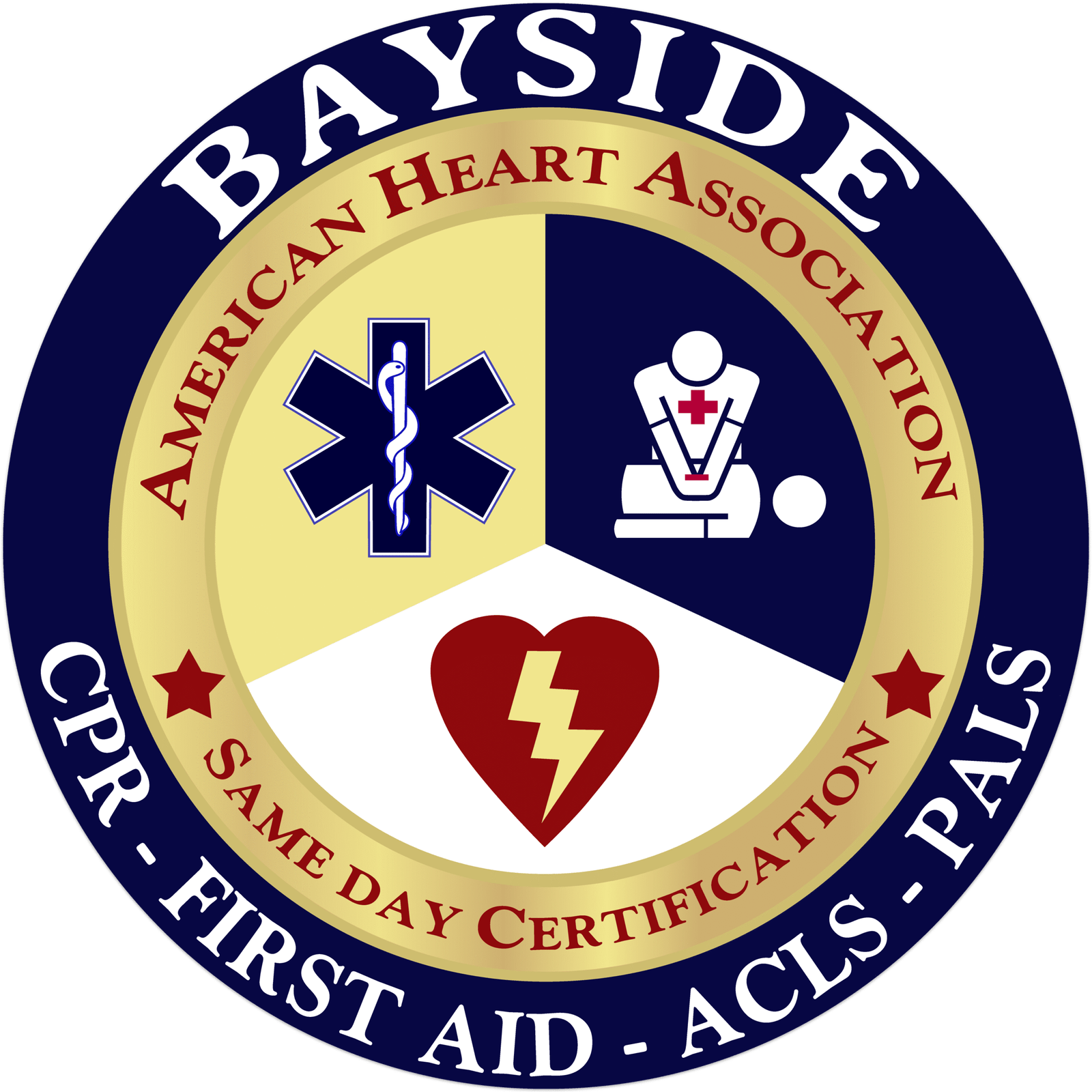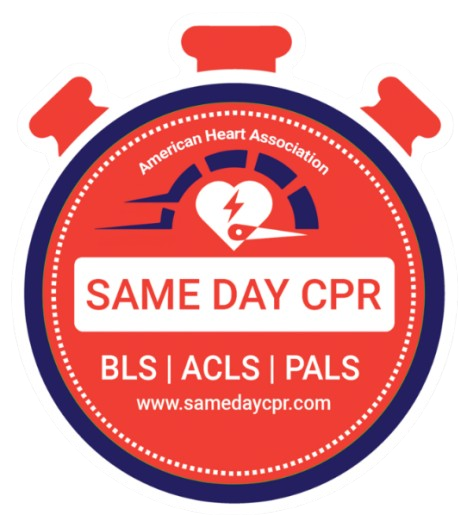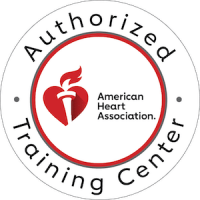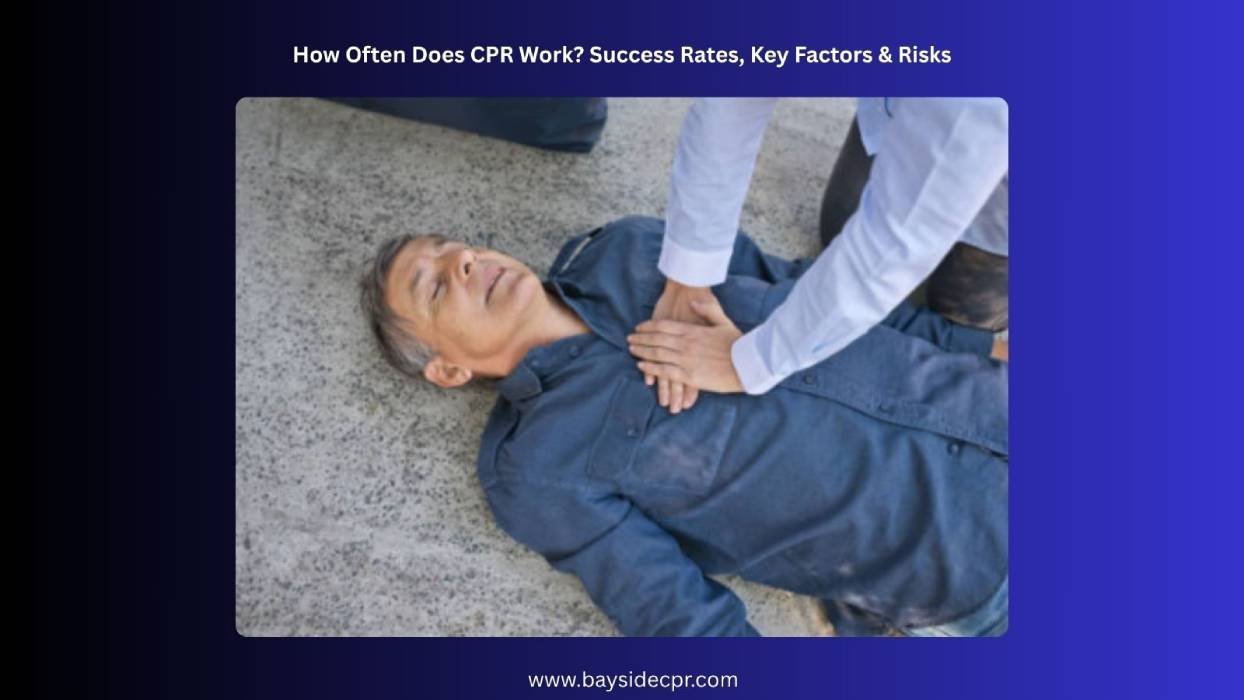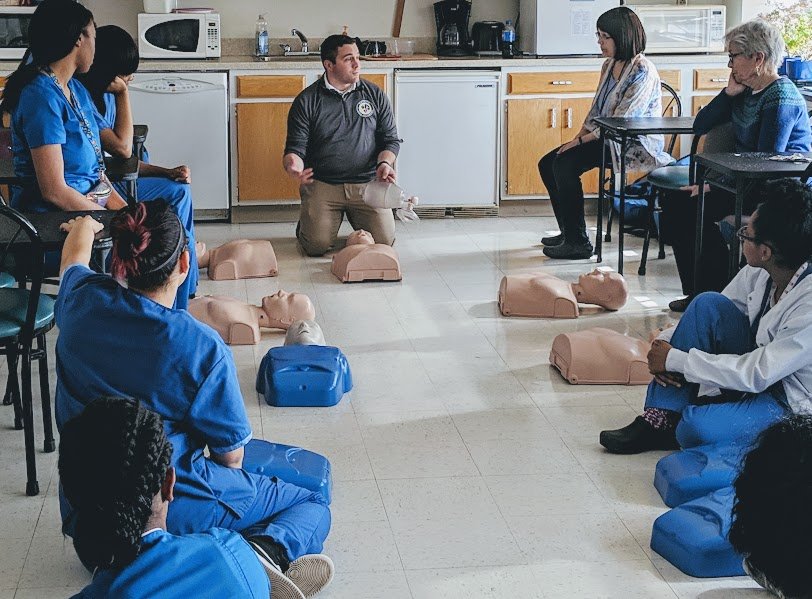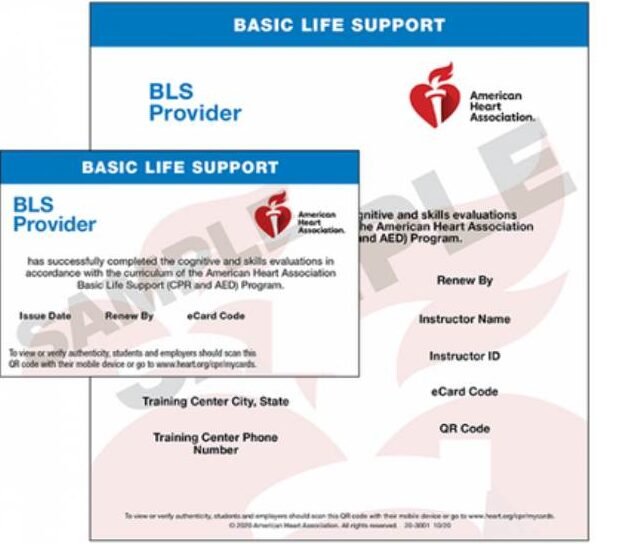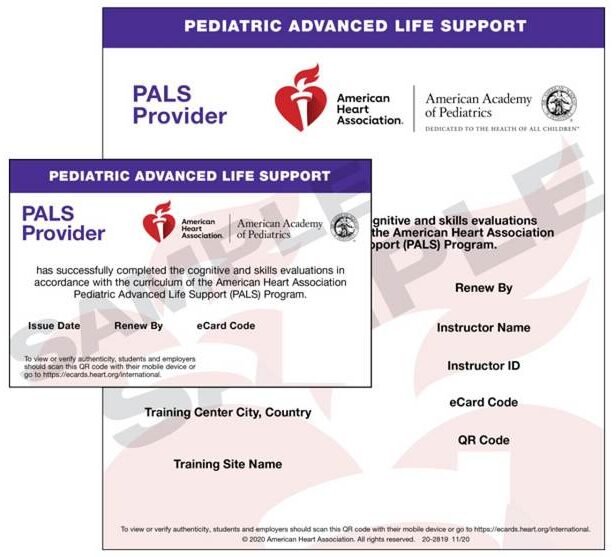Every year, many people suffer sudden cardiac arrests, and in those critical moments, CPR can mean the difference between life and death. But just how effective is CPR? How often does it help save lives? These questions concern many, especially when every second matters. According to the AHA (American Heart Association), in one year alone, 436,000 Americans die from a cardiac arrest. Globally, cardiac arrest causes more deaths than colorectal cancer, breast cancer, prostate cancer, influenza, pneumonia, auto accidents, HIV, firearms, and house fires combined. In this blog, we’ll examine the success rates of CPR, the factors that affect its effectiveness, and the potential risks involved. Whether you’re a concerned family member or someone eager to learn life-saving skills, understanding how CPR works can truly make a difference.
Why is CPR important?
CPR is incredibly important because it can help save someone’s life during a sudden emergency. When the heart stops beating, blood doesn’t flow to the brain and other vital organs, which can cause irreversible damage. By performing CPR, you help keep blood flowing until professional help arrives. Want to understand how exactly this works? Check out our blog on the science behind CPR: How does it revive the heart and brain? It explains the fascinating process of how CPR can restart the heart and protect the brain from damage. Knowing how to do CPR empowers you to be ready in an emergency, and sometimes, it’s the quick action of a bystander that saves a life.
Key Factors That Influence CPR Success Rates
Several things can influence how successful CPR turns out, and understanding these factors can help improve the chances of saving a life. Let’s take a closer look at what makes a difference, from how quickly and well the CPR is done to the person’s health and environment.
1. Chest Compressions: The speed, depth, and release of chest compressions are really important for moving blood through the body. It’s also crucial to maintain a good chest compression fraction, which means the amount of time you spend actively doing compressions during CPR.
2. Ventilation: Providing ventilation during CPR helps deliver oxygen to the person’s lungs and keeps their brain and organs alive. When done correctly and at the right time, it significantly improves the chances of recovery. If you’re curious about how to do this properly, check out our guide on CPR ventilation: how and why they matter in saving lives.
3. Promptness: Starting CPR right away can save precious moments and increase the chances of helping someone in trouble. The faster you act, the better the chance they have to survive.
4. Age: Younger individuals generally have a higher CPR survival rate compared to older people.
5. Gender: Gender can influence CPR success rates because of differences in body build and emotional reactions. Many bystanders also hesitate to help women as compared to men, which can delay critical aid when it is needed most. Curious about who is more likely to survive a cardiac arrest, men or women? You can learn more in our blog on who is more likely to survive a cardiac arrest: men or women?
6. Witnessed and Unwitnessed Arrest: If a cardiac arrest is witnessed and bystander CPR is initiated, then the survival rate will be increased.
7. Underlying Health Conditions: If a victim has pre-existing health conditions like heart disease, they influence the case of CPR.
8. Locations: In-hospital cardiac arrest has a higher chance of survival as compared to out-of-hospital cardiac arrest.
How to Improve CPR Success Rates?
Want to save more lives when someone’s heart stops? Improving CPR success rates is all about giving the right care quickly, staying trained, and making sure help comes fast.
1. High-Quality CPR
When giving high-quality CPR, it’s really important to keep interruptions to a minimum. You want to press firmly and deeply, making sure the chest rises with each push, and do it at a steady pace. Place your hands correctly on the chest so you get the best results. Be careful not to give too many breaths or blow too hard, as that can cause more harm than good. Staying focused and steady helps give the person the best chance of recovery. Remember, staying calm and following these simple steps makes a big difference. Additionally, know when rescuers can typically pause compressions during high-quality CPR.
2. Training and Education
To improve the chances of a successful CPR, it helps a lot to have more people trained and ready to act. Sharing CPR skills widely makes sure more people know what to do during emergencies. Taking refresher courses regularly keeps skills sharp and confidence high. Plus, using new technology like apps or video tutorials can make learning easier and more effective. When more people know how to perform CPR properly and stay updated on the latest techniques, it can save more lives. Just a little training and practice can make a big difference when someone needs help fast.
3. Optimize the System of Care
To improve the chances of saving a life during a cardiac emergency, it is important to have a well-organized system of care. This includes setting up a quick response system that alerts trained responders immediately. Encouraging bystanders to perform CPR before help arrives can make a big difference. Installing automated external defibrillators in public places makes it easier for people to get life-saving shocks quickly. Using mobile technology like apps, smartphones, and smartwatches can help locate nearby AEDs (automated external defibrillators), notify first responders, and speed up the entire process. When all these parts come together, they create a stronger safety net that gives someone the best shot at recovery.
4. Post-Resuscitation Care
After a successful resuscitation, the next big step is taking good care of the patient to improve their chances of recovery. This is called post-resuscitation cardiac care. One helpful treatment is cooling the body slightly, known as therapeutic hypothermia, which can protect the brain from further damage. It’s also important to make sure the patient is breathing well and getting enough oxygen while keeping their blood pressure steady. Doctors and nurses closely watch for any hidden problems that may have caused the cardiac arrest in the first place, like heart issues or low blood sugar, and work quickly to treat them. All of these steps together can make a real difference in the person’s outcome.
Potential Risks of CPR
While CPR can save lives, it’s also good to know about a few possible risks that can happen during or after it’s given.
1. Broken Ribs or Sternum: Sometimes, pressing hard on the chest during CPR can break a rib or even the breastbone. It might sound scary, but these injuries are often treatable and far less serious than the risk of not doing CPR at all.
2. Internal Organ Injury: During CPR, there’s a small chance that some organs, like the liver or lungs, could get hurt from the chest compressions. These cases are rare, and medical teams are trained to watch for signs of injury and treat them quickly.
3. Gastric Distension and Aspiration: If the airway isn’t properly managed, rescue breaths can cause air to enter the stomach, leading to distension and increasing the risk of vomiting and aspiration.
4. Delayed or Inadequate Response: Performing CPR incorrectly or hesitating can delay proper medical intervention, potentially reducing the person’s chances of survival and increasing the risk of further health complications.
Why Is CPR Important Even with Lower Success Rates?
Even though CPR doesn’t always bring someone back, it still gives them a much better chance than doing nothing at all. Every second counts, and starting CPR right away helps keep blood flowing to the brain and heart, which can prevent serious damage. It also gives emergency teams more time to arrive and take over. CPR is a key part of what’s called the chain of survival, a series of actions that work together to save lives. And it’s not just about survival; it’s also about giving someone the best shot at a full recovery. If you are curious about CPR, read our blog on the complete guide to CPR, where we elaborate on its topics, techniques, and training in depth for your ease.
Enhancing Outcomes and Understanding the Vital Role of CPR
In short, knowing how CPR works and why it matters can help you feel more confident when every second counts. Even though it’s not always successful, it still offers a real chance to save someone’s life or give them a better shot at recovery. With the right training, quick action, and ongoing care, we can improve those chances and make a real difference. The more people who learn and stay ready, the stronger our communities become in the face of sudden emergencies. So whether you’re learning CPR for the first time or brushing up on your skills, you’re taking a powerful step toward saving lives.
